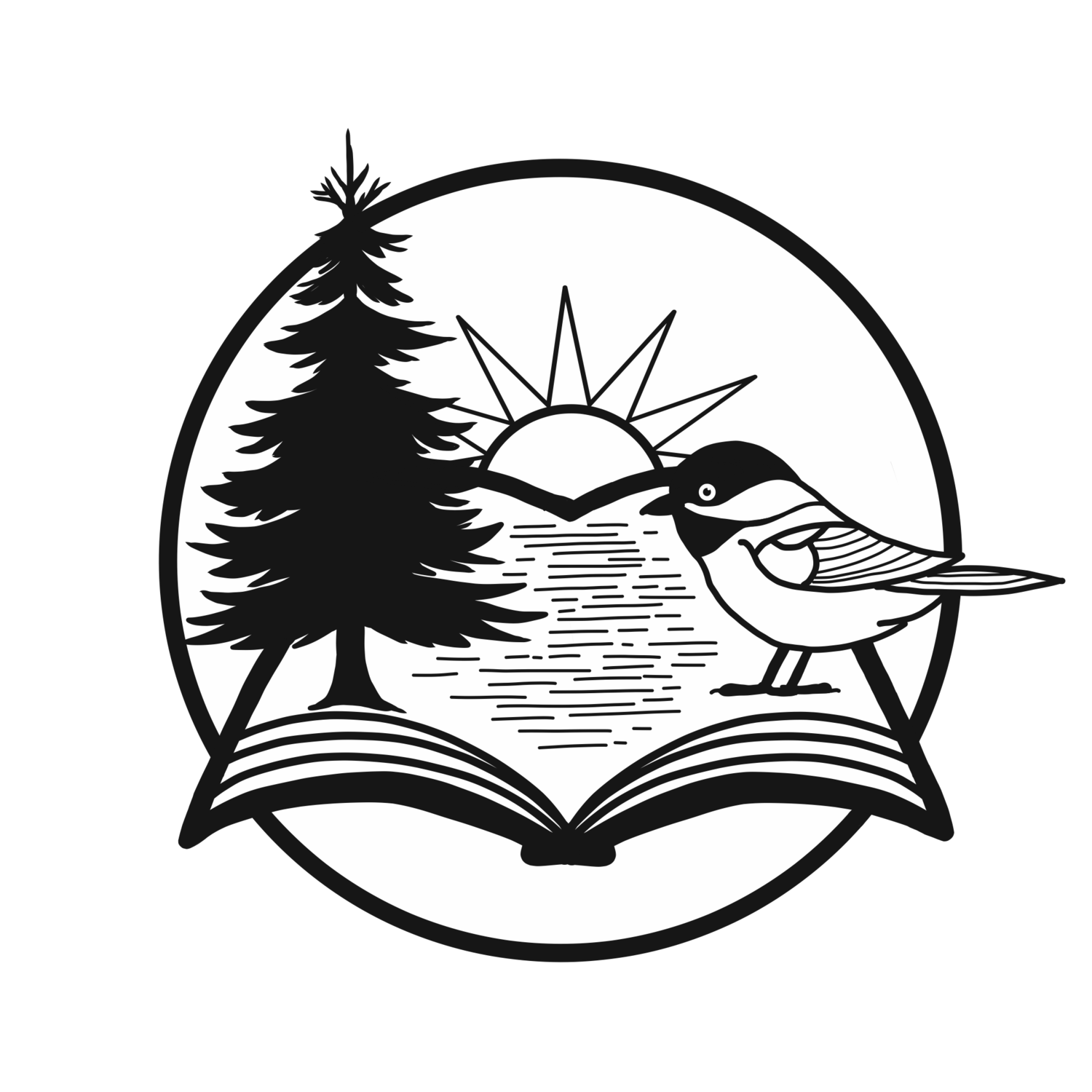By Christine McFaul
At the start of this year, the Cloud Lake team asked each reviewer what books we were most excited to read in 2021. The Fabulous Zed Watson was in my top three, so I entered the reading experience with high expectations … and this book delivered! The authors set the “Zed charm-o-meter to 11” and produced pure joy in book form.
The Fabulous Zed Watson is a middle-grade triumph co-authored by child-parent team Basil and Kevin Sylvester. Amongst the many things that make this work so special, the novel features fantastic sketch-y illustrations by Kevin and an #OwnVoices perspective provided by Basil.
Zed Watson is an irresistibly charming non-binary tween who loves their chosen name, brightly patterned sweaters, their big, exuberant family, and monsters! They are part of a small online community dedicated to solving the mystery surrounding an epic Gothic novel called The Monster’s Castle. The first four chapters of the book are a cult classic amongst monster connoisseurs like Zed, but the rest of the manuscript was buried by its enigmatic author before it could be published. When an unexpected IRL meeting with fellow site member Gabe leads to a breakthrough discovery, the two set off on a rollicking literary scavenger hunt.
At its heart, this is a friendship story. And what better foundation to explore the complexity of human dynamics than stuck in an old clunker with A/C on the fritz and buried treasure on the line? Zed and Gabe soon find out that despite their shared passion for Gothic novels, they are actually very different from one another. Zed is a self-proclaimed “flamboyant and well-regarded drama kwing,” while Gabe is more of a “human Eeyore.” They end up bickering over car snacks, taste in tunes, and most importantly, the meaning behind the cryptic clues they are following. The story provides a humorous, poignant, and very realistic portrayal of what it takes to collaborate as Zed and Gabe navigate their differences, leverage their strengths, and eventually become great friends.
This exploration of human connection continues as the two forge bonds with a myriad of unforgettable people met along their route. These new characters are expertly woven into the fabric of the story and embedded in the reader’s heart. The narrative itself becomes a beautiful celebration of found community, whether it derives from online fan-groups, real-life encounters, library visits (my personal favourite), secret diners, or even, not to leave the reader out, within the pages of a great book.
Perhaps most special is the Sylvesters’ portrayal of the non-binary tween experience. No one is more confident in who they are than Zed! Never teased or tormented, Zed is simply free to be!
My coming out wasn’t what he found funny. In fact, Frank often said it was only the third most interesting thing I’d done that night.
Sure, there are moments that get Zed down, like when people misgender them or when they are required to share sensitive legal information (containing their assigned gender and deadname) with grumpy border guards. But Zed has a myriad of relatable tween ways to cope and move on. Never losing an ounce of their “Zedly charm,” their spirit remains indomitable and their puns on-point.
In an interview with Debbie Redpath Ohi (find it on her website inkygirl.com), Basil Sylvester spoke about the incredible power of books to “open your mind and heart.” Gorgeous! And by that definition, this book is powerful indeed. Buoyant, laugh-out-loud funny, and impossible not to love, I urge you to pick-up The Fabulous Zed Watson for your tweens (or yourself!) and prepare to disappear into the happiest of spring/summer reading!
As always, I encourage interested readers to check out #OwnVoices reviews (Goodreads and Bookstagram are great places to start!) to expand on the thoughts I have shared here.
Thank you to HarperCollins for the complimentary copy in exchange for an honest review.





















